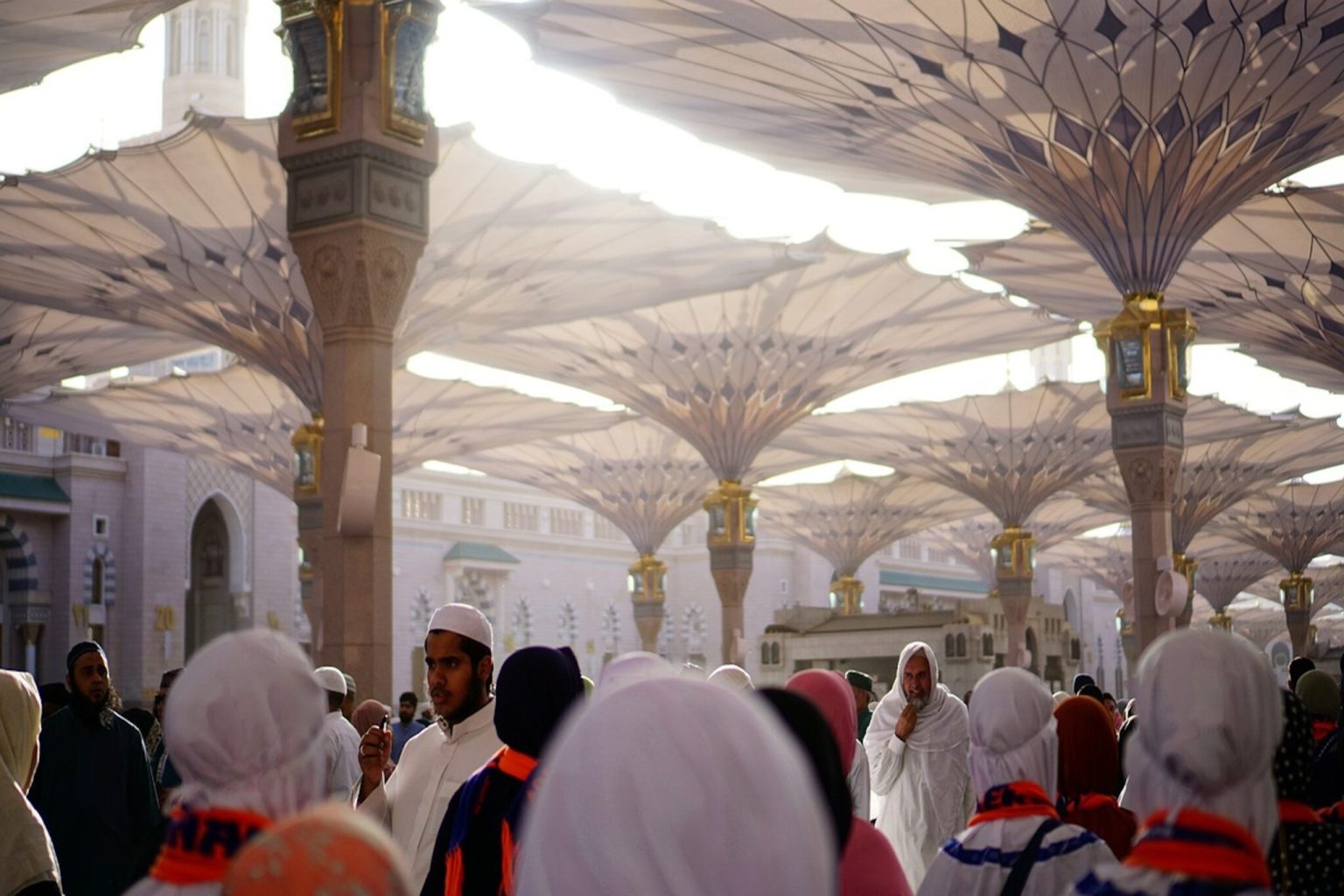Summarize this content to 2000 words in 6 paragraphs
The Saudi Minister of Tourism said Wednesday that the kingdom had 30 million international arrivals in 2024, a new record for the country. And it was a significant increase from when Saudi Arabia opened for international tourism in 2019 with just over 17.5 million visitors.
However, the growth in 2024, at 9.4%, was slower than in previous years. In 2023, arrivals surged 65% to 27.42 million. To hit its goal of 70 million international visitors by 2030, Saudi needs an average annual increase of approximately 6.6 million visitors, or 14.69% per year.
Minister of Tourism Ahmed Al Khateeb acknowledged challenges but expressed optimism about Saudi Arabia’s progress and reiterated the kingdom’s goals. “We are making mistakes, but we are learning fast. Every day, we adapt and improve,” he said during a panel at Davos on Wednesday. “We are seeing the numbers: We received 30 million international arrivals last year—a record. By 2030, we aim to reach 70 million visitors, making Saudi Arabia one of the top seven most visited countries.”
“We came late to the industry, we opened our borders in 2019. We are taking [tourism] from 3% of GDP to 10% by the end of 2030. We were at 5% at the end of last year. We are doubling our [hotel] rooms from 400,000 to 800,000 in 10 years.”
Saudi Arabia has yet to publish detailed data from last year on the Ministry of Tourism website.
Between 2021 and 2022, international tourism in Saudi jumped more than 378%, though travel in 2021 was still feeling the effects of Covid.
Confident the country can reach 70 million arrivals, Al Khateeb stated Saudi wouldn’t face an issue of “over-tourism” as it grows.
He said: “There is nothing called ‘over-tourism,’ there is imbalance or mismanagement of traffic. Look at Italy or even Saudi Arabia, we have assets fragmented around the country. If you have everything in one city – like Paris – you have people staying in Paris.”
Top Source Markets
Speaking to Saudi newspaper Asharq Al-Awsat at the start of Davos, Al Khateeb said the focus, for now, is on driving domestic and regional travel. He said that the country had a total of 127 million travelers last year, meaning 97 million were domestic.
“We initially focus on domestic tourists, then we focus on tourists in the region, which are the Gulf countries, and we make sure that the Kingdom of Saudi Arabia attracts citizens of the Gulf countries to it, and to enjoy the Riyadh Season, Jeddah Season, the Red Sea and Abha in the summer… and others. Then we reach European countries, neighboring countries, China and India, and these markets are very important,” he said.
2024 saw the launch of numerous campaigns designed to draw international tourists. “The Land is Calling” campaign launched in August targeted at the United Kingdom, France, Italy, Germany, and the United States.
A month later, it launched a campaign targeting Indian travelers. A campaign in China was also launched.
All these campaigns centered on Saudi’s growing leisure tourism offerings, though historically, the majority of travel into Saudi is religious tourism, according to data from the Ministry of Tourism.
Al Khateeb affirmed to Asharq Al-Awsat that religious tourism was still the biggest driver last year.
“Makkah and Madinah still top the list of the most visited destinations in Saudi Arabia, and attract millions of pilgrims annually, due to their religious importance.”
‘A Need For Affordability’
Several large-scale tourism developments began ramping up last year, including Neom’s Sindalah Island, which launched at the end of October; The Red Sea, which opened four new resorts and direct flights to and from Dubai; and Diriyah Gate, which opened its first hotel. The year ahead is expected to see an acceleration, with Red Sea Global planning 16 hotels and Amaala – the sister project of Red Sea – another 12.
However, these luxury-focused developments, with their limited room counts, may not significantly boost overall tourism numbers.
At Davos, Al Khateeb more broadly stressed the need for affordability in the travel sector. “Countries must make travel more accessible and affordable. Many cities today are very expensive,” he noted.
In a statement sent to Skift, the Saudi Tourism Authority highlighted that international visitor spending was in line with “global averages” last year.
“In 2024, Saudi solidified its position as a global tourism destination for all, welcoming a wide range of visitors and showcasing the unique diversity and richness our country has to offer. Key destinations like Jeddah, Riyadh, Aseer, and Madinah saw a surge in visitors, with the majority experiencing an average spend per night on par with global averages,” the statement read.
The statement added: “Increased accessibility played a crucial role. The introduction of new low-cost carriers and routes, coupled with a wider range of accommodation solutions, made travel to and within Saudi more convenient and affordable for all. Targeted campaigns effectively engaged specific passion groups across all segments.”
“While we continued to develop high-end resorts in luxury destinations like the Saudi Red Sea and AlUla, our focus has remained on providing experiences that are accessible to everyone.”


